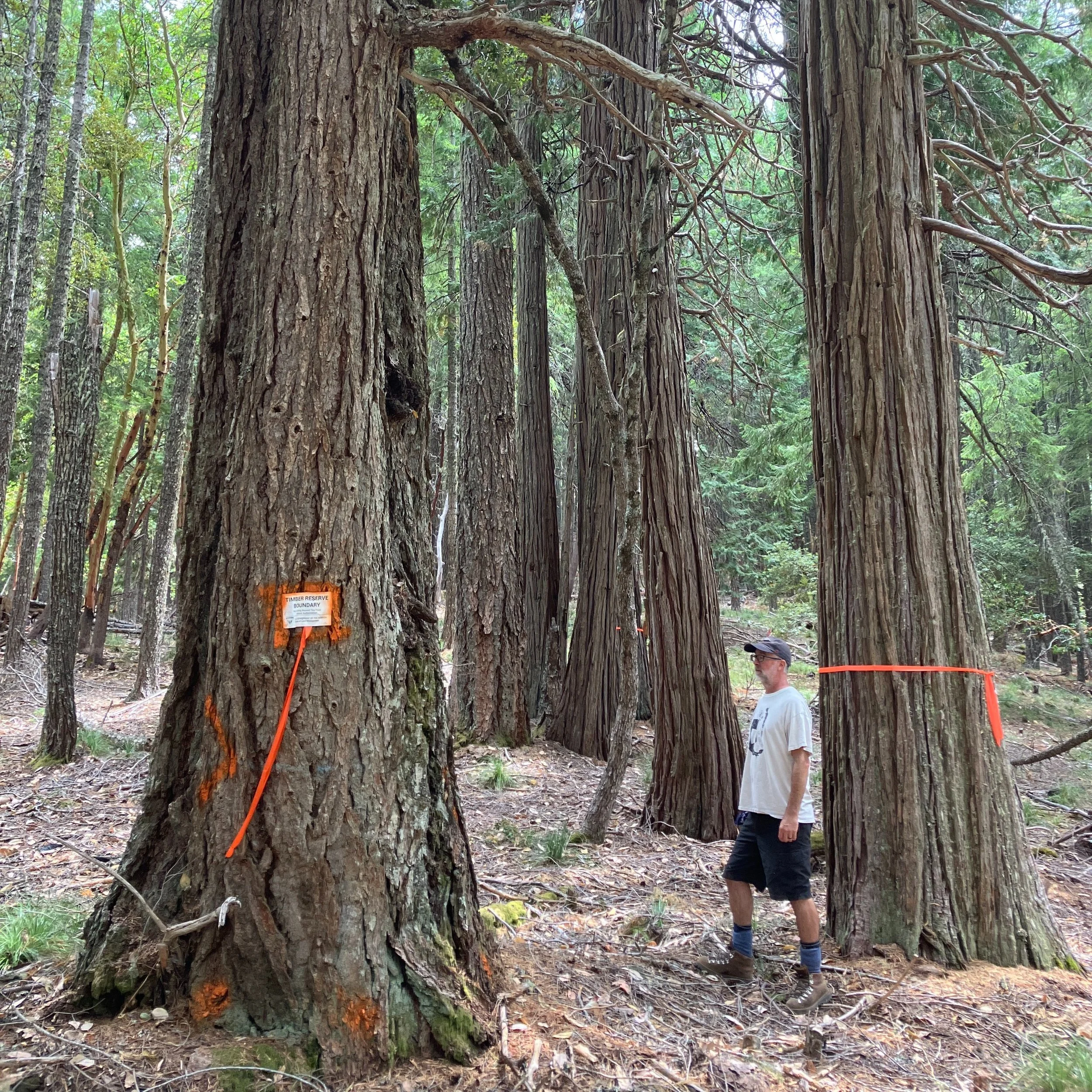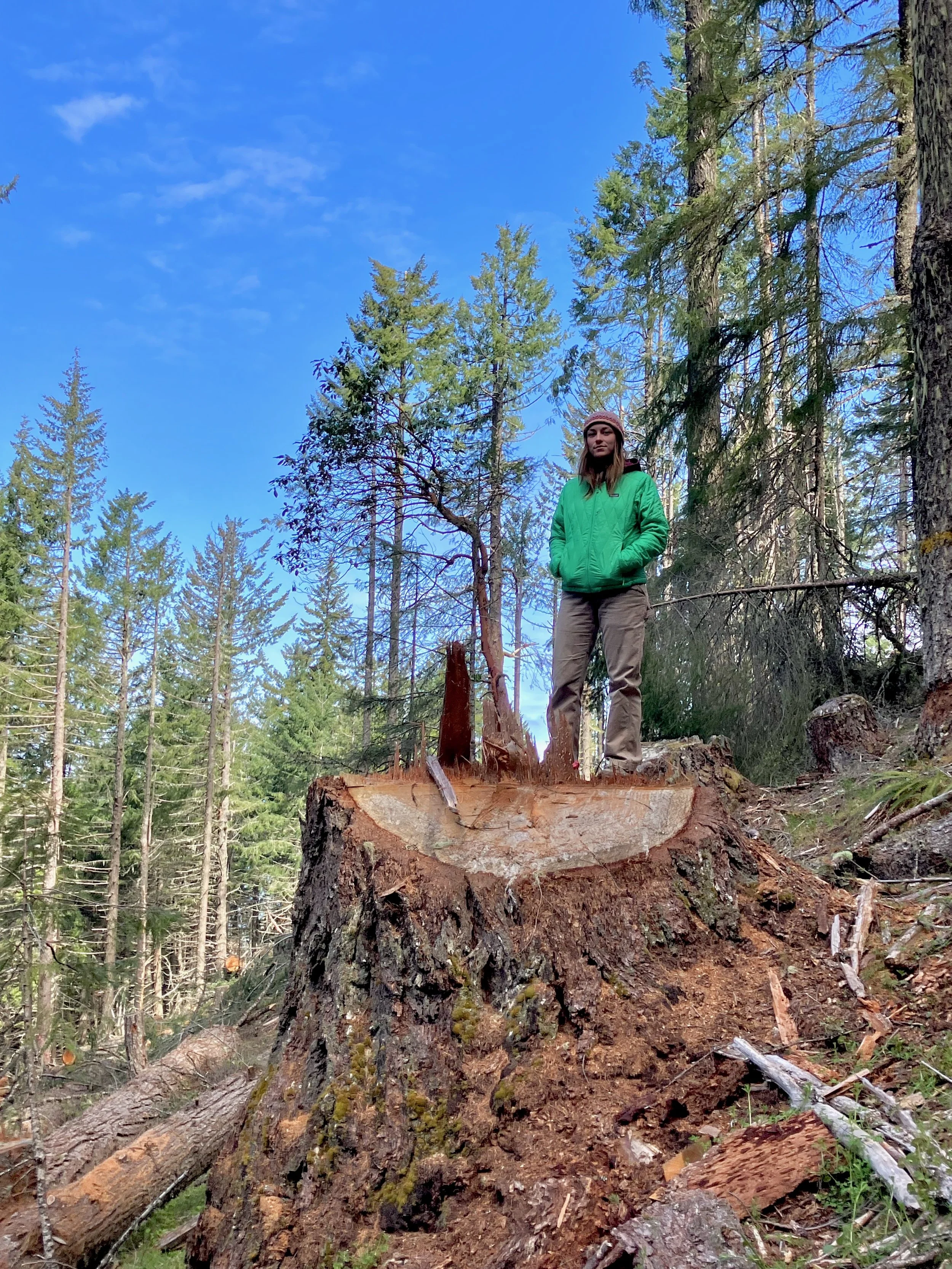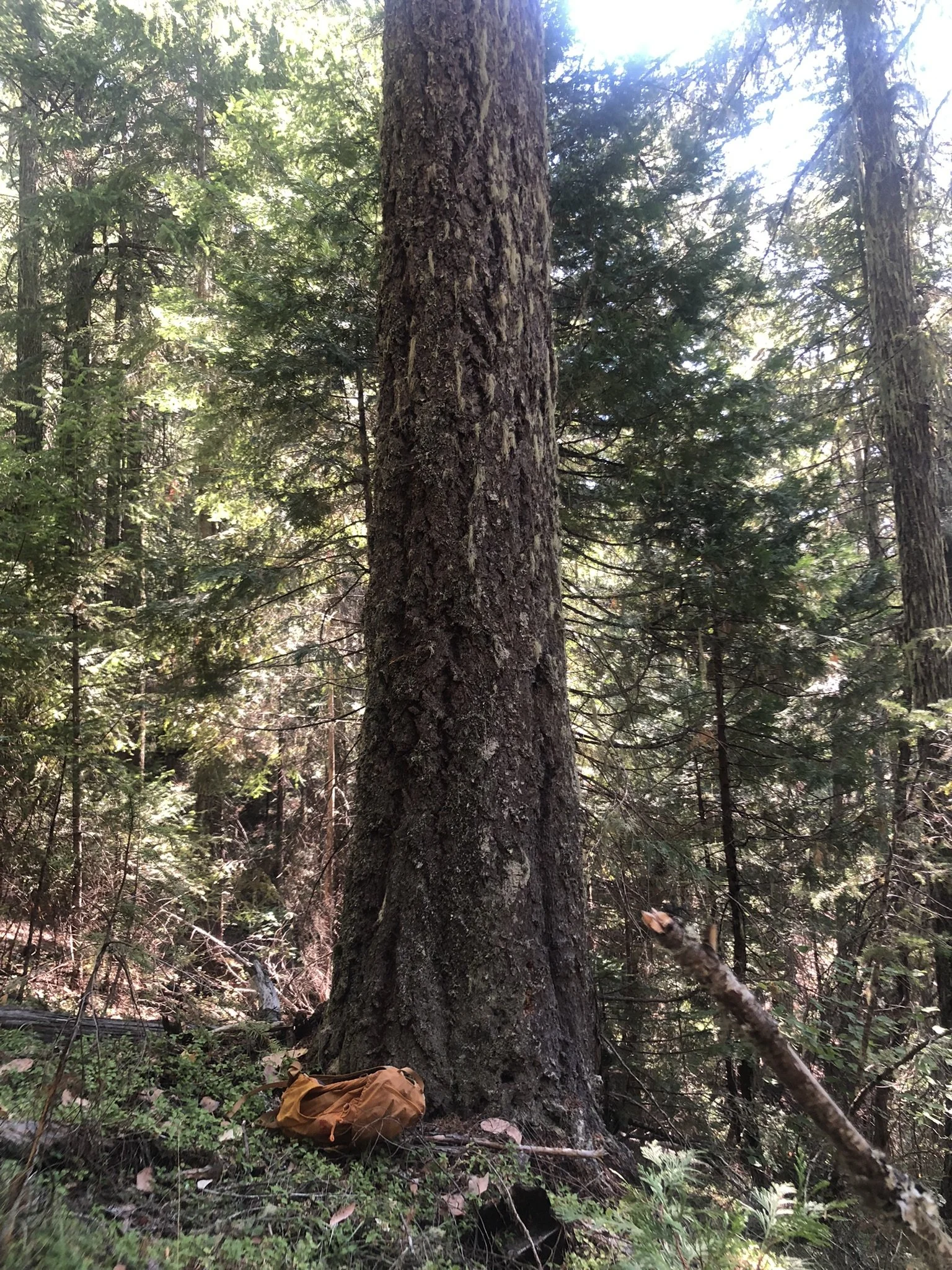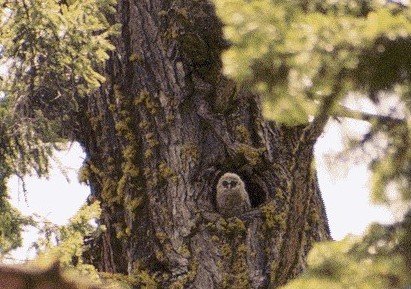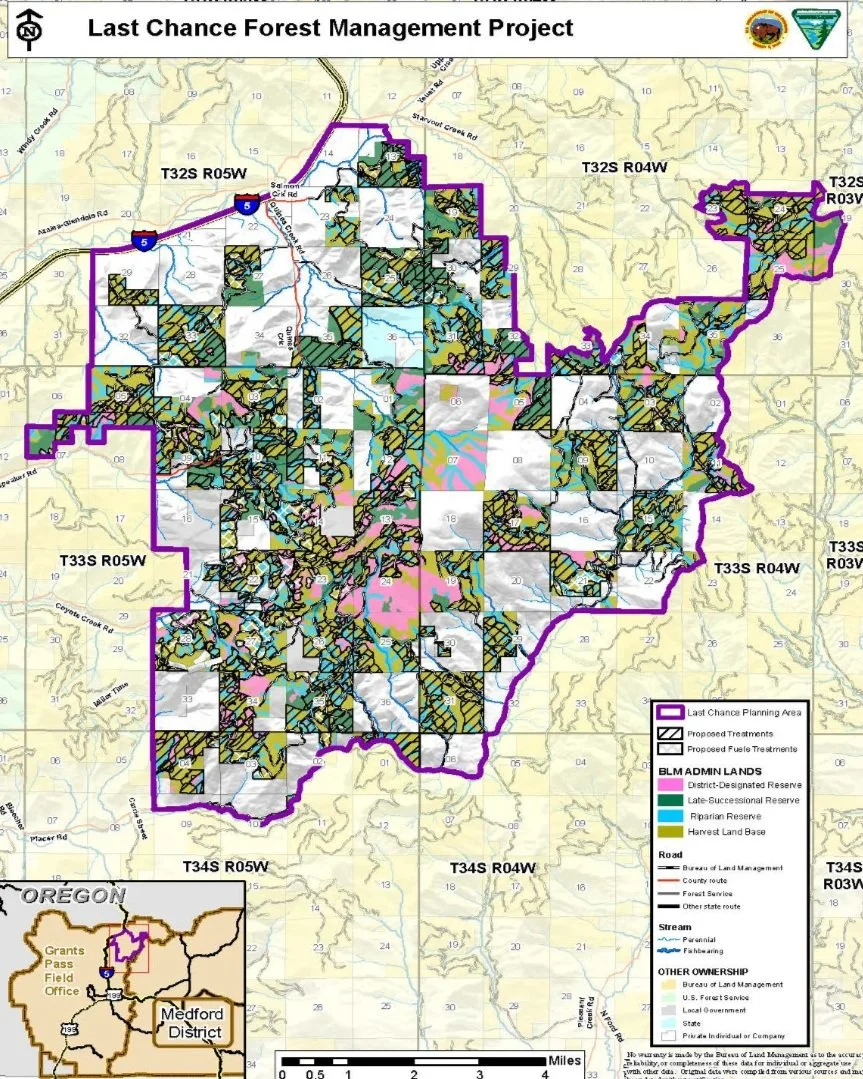It’s no surprise the BLM is responding to an ecological crisis with one solution: clearcut logging. Watch videos from the field in our latest field report on the Boaz timber sale.
Read MoreThere are currently two very large timber sales proceeding on public lands east of I-5 in southern Oregon. Both will produce a great deal of timber volume, both were planned simultaneously, and both were planned by federal agencies that manage federal public lands—but that is where the similarities end. Read more here.
Read MoreWith excitement, we announce our official success against the Medford BLM’s Integrated Vegetation Management project with the final adoption of Judge Clarke’s Findings & Rulings! Learn more about IVM and our success here.
Read MoreThe Bureau of Land Management recently published an EA and solicited public comment for the South Clark Forest Management Project, which would have increased wildfire hazard by logging the proposed 2,238 acres outside of Butte Falls, OR. The BLM, however, has course corrected this project in a win for wildfire resilience. Click to read more.
Read MoreThe Medford District Bureau of Land Management's old-growth logging program is relentless and uncompromising. Currently, the 8,150-acre "Last Chance" timber sale calls for logging most of the remaining mature and old-growth forests in the foothills between Sunny Valley and Galesville. Click to learn more.
Read MoreLast week, I ventured into the field with George, our Conservation Director, to groundtruth a Medford District Bureau of Land Management (BLM) timber sale called Mill Rat within the Poor Windy project just north of Grants Pass, Oregon. What we found was heartbreaking. Click to read the full field report.
Read MoreThe Medford District of the Bureau of Land Management (BLM) continues to propose timber sales and contend they are retaining (rather than logging) old-growth, and conservation organizations and the BLM’s neighbors will argue that the BLM is in fact logging old-growth. So, who is right and what’s behind the conflicting claims?
Read MoreFollowing years of public concern and successful op eds and appeals, the Bear Grub timber sale is canceled (again)! Read more about the decision here.
Read MoreThe Medford District BLM Poor Windy Timber Sale allows logging on more than 15,000 acres, including cutting down 4,573 acres of mature and old-growth trees.
Read MoreThe US Forest Service and Bureau of Land Management (BLM) released the first ever national inventory of mature and old-growth forests. Want to know what this all means for the protection of forests in the Pacific Northwest?
Read MoreCheck out the Medford BLM's latest old-growth timber sale called "Last Chance" and read KS Wild's "scoping" comments in this blog.
Read MoreSome timber advocates within the Bureau of Land Management (BLM) simply cannot abide the idea that there are old-growth forests designated as protected on public lands, so they’ve designed a new program called “Integrated Vegetation Management” to target Late Successional Reserves for logging. Learn more about the IVM project in this blog.
Read MoreThe Illinois Valley and the Wild Rivers Ranger District are at the very heart of KS Wild’s mission to protect wildlands, wildlife and watersheds. From botany to mining to logging, read about KS Wild’s recent conservation efforts in the Illinois Valley.
Read MoreThe Bear Grub timber sale is back, and rather than working with the public to reduce the impacts of the proposed "group selection" logging on wildlife, watersheds and wildlands, the BLM is once again targeting ancient forests in the "harvest land base" for "group selection. Take action today to let the BLM know you oppose the Bear Grub timber sale!
Read MoreKS Wild and our allies recently challenged the BLM’s (now withdrawn) Lost Antelope timber sale. This timber sale would have contributed to increased fire hazard near or within the WUI through regeneration harvest in an area where many untreated slash piles remain from a previous timber sale.
Read MoreMuch of the Bear Grub timber sale is located in the so-called “harvest land base” where the BLM has directed itself to log regardless of the impacts to neighbors, wildlife, or watersheds.
Read MoreWhen the BLM uses taxpayer dollars to plan controversial public lands logging projects, like the Pickett West native forest timber sale, you have a right to know what they are up to. Transparent public lands management is at the heart of how government is supposed to function in our Democracy.
Read More




